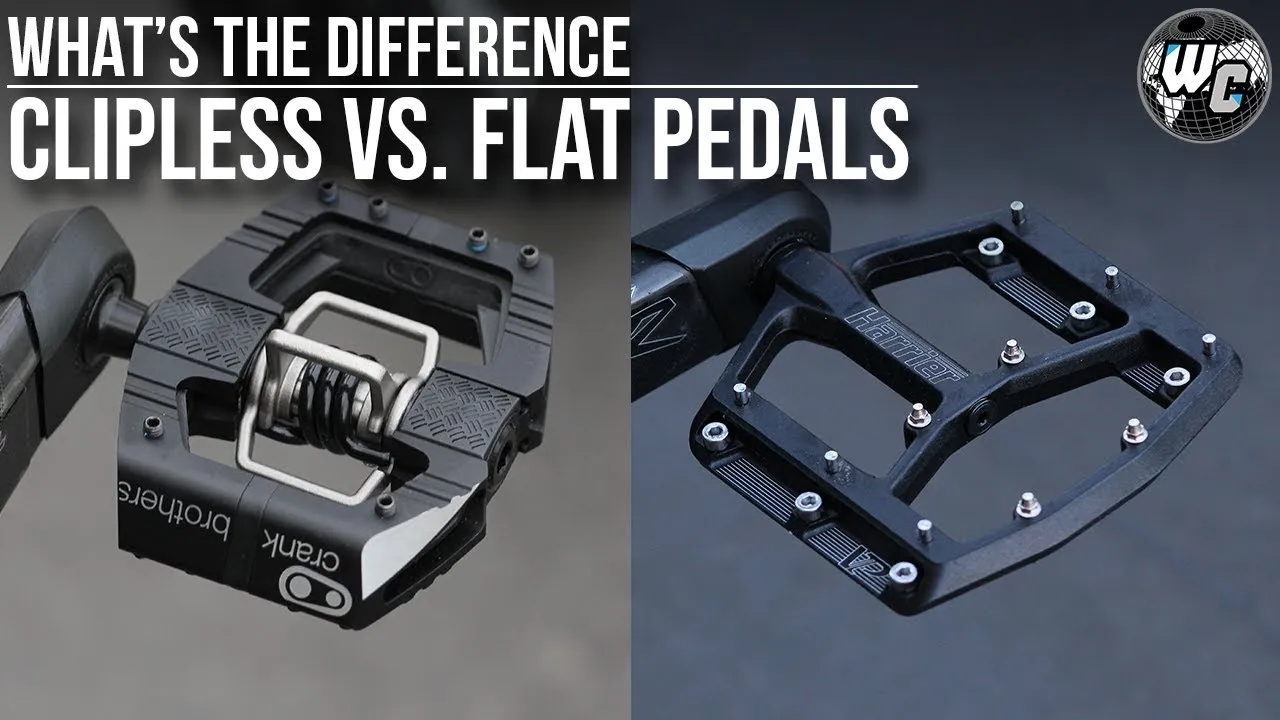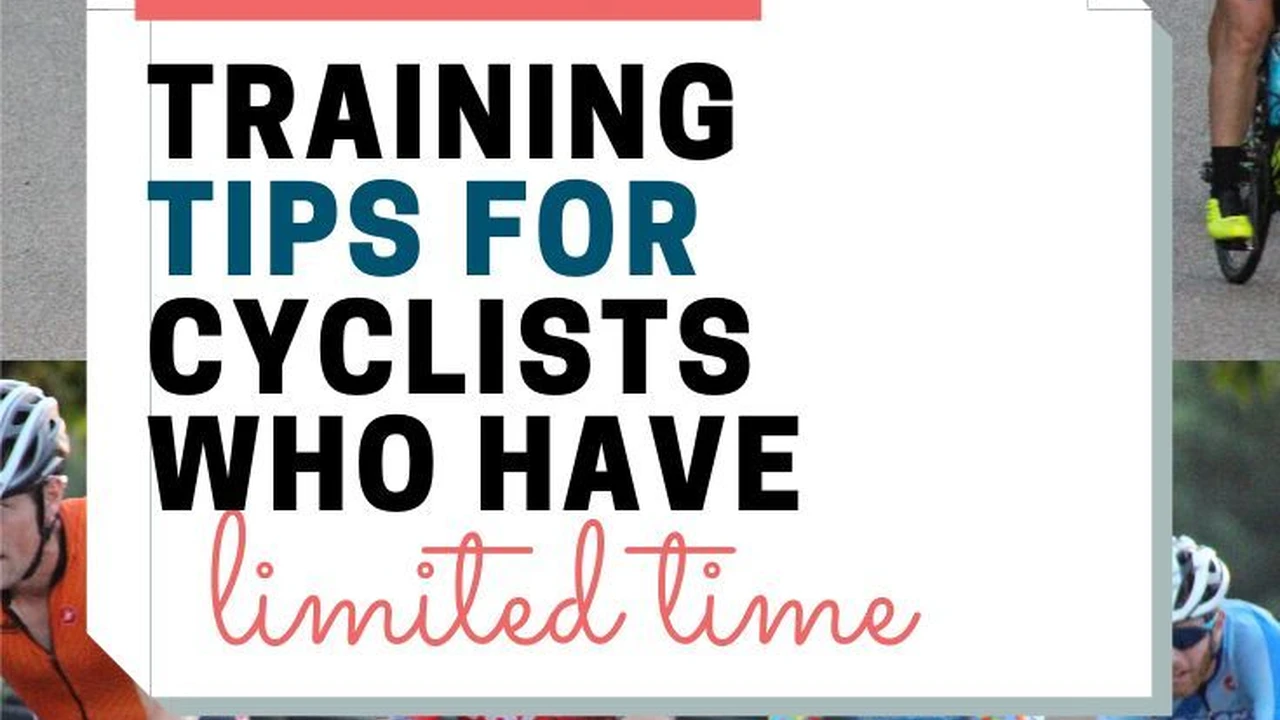Clipless Pedals vs. Flat Pedals_ Which is Best_
Clipless pedals and flat pedals are two popular choices for cyclists, each offering unique advantages and disadvantages. This article dives deep into the world of these pedal systems, exploring their differences, benefits, drawbacks, and suitability for various riding styles. We'll also provide specific product recommendations, discuss their ideal usage scenarios, compare different models, and offer insights into their pricing, helping you make an informed decision about which pedal type is best for your cycling needs.

Choosing between clipless pedals and flat pedals is a common dilemma for cyclists of all levels. Both options have their pros and cons, and the best choice ultimately depends on your riding style, experience, and personal preferences. Let's break down the key differences and help you decide which pedal system is right for you.
Clipless Pedals Explained The Advantages of Clipless Bike Pedals
Clipless pedals, despite their name, actually clip your shoes into the pedal. This creates a more secure connection between your foot and the bike, allowing for more efficient power transfer. Here's a look at some key advantages:
- Increased Power Transfer: Clipless pedals allow you to pull up on the pedal stroke as well as push down, engaging more muscle groups and increasing overall power output. Studies have shown improvements in efficiency ranging from a few percentage points to more significant gains depending on rider experience and pedaling technique.
- Improved Pedaling Efficiency: The fixed position of your foot on the pedal promotes a smoother and more consistent pedaling motion, reducing wasted energy and fatigue.
- Enhanced Bike Control: Being clipped in provides better control over the bike, especially during sprints, climbs, and technical maneuvers. You can use your feet to help steer and stabilize the bike.
- Greater Security: The secure connection prevents your foot from slipping off the pedal, particularly in wet or bumpy conditions.
Clipless Pedals Disadvantages The Learning Curve and Bike Shoes
While clipless pedals offer significant advantages, they also come with some drawbacks:
- Learning Curve: Mastering the art of clipping in and out requires practice and can be intimidating at first. Accidental falls are common during the initial learning phase.
- Specialized Shoes: Clipless pedals require dedicated cycling shoes with cleats, which can be an added expense. These shoes are often less comfortable for walking.
- Potential for Injury: Improper cleat adjustment or forced twisting motions can lead to knee or ankle injuries. It's crucial to have your cleats professionally fitted and to practice proper clipping and unclipping techniques.
- Higher Cost: Clipless pedal systems (pedals and shoes) generally cost more than flat pedals and regular shoes.
Flat Pedals Explained The Benefits of Flat Bike Pedals
Flat pedals are the traditional type of pedal that most people are familiar with. They offer a simple and versatile platform for your feet. Here's a look at their advantages:
- Ease of Use: Flat pedals are incredibly easy to use. You simply place your foot on the pedal and start pedaling. There's no learning curve or special technique required.
- Versatility: You can wear any type of shoe with flat pedals, making them ideal for casual riding, commuting, and touring.
- Greater Freedom of Movement: Flat pedals allow for more foot movement, which can be beneficial for comfort and injury prevention.
- Lower Cost: Flat pedals are generally less expensive than clipless pedal systems.
Flat Pedals Disadvantages Power Transfer and Bike Control
While flat pedals are convenient, they also have some limitations:
- Less Efficient Power Transfer: Flat pedals don't allow you to pull up on the pedal stroke, resulting in less efficient power transfer.
- Reduced Bike Control: Your feet can slip off the pedals, especially in wet or bumpy conditions, leading to a loss of control.
- Less Secure Foot Placement: Maintaining consistent foot placement on flat pedals can be challenging, especially during long rides.
- Potential for Foot Fatigue: Without the support of a cleat, your feet can become fatigued more easily on long rides.
Clipless Pedals Recommendations Shimano Look and Speedplay
Here are some popular clipless pedal options, catering to different needs and budgets:
- Shimano Ultegra R8000: A popular choice for road cyclists, offering a good balance of performance, durability, and value. They feature a wide platform for efficient power transfer and adjustable release tension. Price: Around $150. Usage: Road cycling, racing, training.
- Look Keo Blade Carbon: Known for their lightweight design and aerodynamic profile, Look Keo Blade Carbon pedals are a favorite among competitive cyclists. They offer a secure and stable platform. Price: Around $250. Usage: Road cycling, racing.
- Speedplay Zero: Speedplay pedals offer dual-sided entry and adjustable float, allowing for a more customized fit and feel. They are popular among cyclists with knee problems. Price: Around $200. Usage: Road cycling, triathlon.
Flat Pedals Recommendations Race Face Deity and OneUp
If you prefer flat pedals, here are some excellent options:
- Race Face Chester: A durable and affordable flat pedal with a wide platform and replaceable pins for excellent grip. Price: Around $50. Usage: Mountain biking, commuting, recreational riding.
- Deity Components TMAC: Designed for aggressive mountain biking, the Deity TMAC pedals feature a large platform, concave shape, and numerous pins for maximum grip and control. Price: Around $180. Usage: Mountain biking, downhill, enduro.
- OneUp Components Composite Pedals: Lightweight and durable composite pedals with a thin profile and large platform. They offer excellent grip and comfort. Price: Around $50. Usage: Mountain biking, trail riding.
Clipless vs Flat Pedals Usage Scenarios Road vs MTB
The best pedal type often depends on the type of riding you'll be doing:
- Road Cycling: Clipless pedals are generally preferred for road cycling due to their increased power transfer and efficiency.
- Mountain Biking: The choice between clipless and flat pedals for mountain biking is more nuanced. Clipless pedals offer better control and efficiency for climbing, while flat pedals provide greater freedom of movement and confidence on technical descents. Many mountain bikers use flat pedals for downhill and enduro riding, and clipless pedals for cross-country and trail riding.
- Commuting: Flat pedals are often the more practical choice for commuting, as they allow you to wear regular shoes and easily put your foot down at stoplights.
- Touring: The choice between clipless and flat pedals for touring depends on personal preference. Clipless pedals can provide more efficiency on long rides, while flat pedals offer greater versatility and comfort.
Clipless vs Flat Pedals Comparison Price Performance and Comfort
Here's a quick comparison of clipless and flat pedals across different categories:
- Price: Flat pedals are generally less expensive than clipless pedal systems.
- Performance: Clipless pedals offer better power transfer and efficiency, especially for road cycling.
- Comfort: Flat pedals can be more comfortable for some riders, especially for shorter rides or those who prefer more foot movement.
- Ease of Use: Flat pedals are much easier to use than clipless pedals, requiring no special technique or equipment.
- Control: Clipless pedals provide better bike control, especially in challenging terrain.
Making the Right Choice Personal Preference and Riding Style
Ultimately, the best pedal type for you depends on your individual needs and preferences. Consider your riding style, experience level, budget, and comfort level when making your decision. Don't be afraid to experiment with both clipless and flat pedals to see which one feels best for you.
For example, a beginner road cyclist might start with flat pedals to build confidence and then transition to clipless pedals for improved performance. A mountain biker might use flat pedals for downhill riding and clipless pedals for cross-country riding. A commuter might prefer flat pedals for their convenience and versatility.
No matter which pedal type you choose, be sure to prioritize safety and comfort. Practice clipping in and out of clipless pedals in a safe environment before riding on the road. Wear appropriate shoes and clothing for your chosen activity. And most importantly, have fun!
:max_bytes(150000):strip_icc()/277019-baked-pork-chops-with-cream-of-mushroom-soup-DDMFS-beauty-4x3-BG-7505-5762b731cf30447d9cbbbbbf387beafa.jpg)





